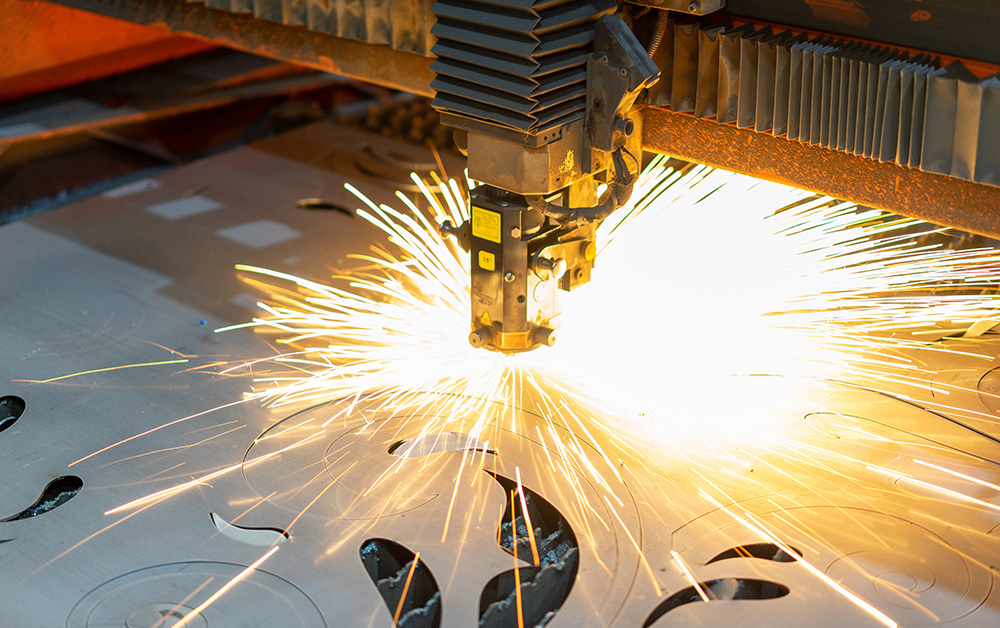However, for the time being, your manufacturing business will still face the quandary over whether to buy or lease manufacturing equipment.
The best place to start is with a calculator to crunch the numbers both ways, as a lease and purchase. Visit Equipment Buy vs. Lease Calculator for a quick and useful resource.
Leasing
Pros
- Lease payments are often 100 percent tax-deductible as an operational expense.
- With predictable payments, you can budget accordingly, possibly allowing for your funds to be stretched further.
- By leasing, you may expand your equipment options since up-front cost is not a factor.
- You might be willing to take a chance on a new piece of equipment that a lump sum payment might bar you from trying.
- Your exposure to additional costs can be eliminated because the leasing company generally handles repairs due to normal wear and tear.
- Though you may “pay more in the long run,” as the numbers often show, when you consider all of the variables involved (repairs if owned), this may not be true.
Cons
- You’ll have no equity and therefore no return on the investment once you are no longer in need of the equipment.
- The length of the lease may exceed your needs.
- By depending on the leasing company to handle repairs, disagreements may arise and you may wait longer than what’s comfortable for something that requires immediate attention.
- It may be that product selection or availability is more limited than what’s offered on the open market. Under these circumstances, you may find yourself settling for something less than ideal.
- Lease payments create a drag on earnings, which could negatively impact operating success metrics, eg. Earnings Before Interest Taxes and Depreciation (EBITDA).
Buying
Pros
- Many points are the flipside of leasing, such as maintenance being handled on your terms.
- Tax incentives under Section 179 of the IRS Tax Code are larger for purchasing but there are limits. However, if the equipment fails to qualify under the code, you would normally be able to apply a depreciation deduction.
- For equipment that has a longer life, similar to a car that you believe will run for more than 150,000 miles, why lease?
- Often times, you will be able to find a financing option that uses the purchased equipment as collateral which can permit a low-interest rate.
Cons
- You may find yourself settling for a lower-cost option.
- If the equipment breaks, you won’t be able to return it, or possibly even sell it. Therefore, pay attention to the warranty to see what it covers and for what length of time.
- The purchase through a line of credit may eliminate funding options for other necessary expenses.
Primary considerations under either method should include the value of tax deductions. When buying, estimate the resale value at various points in time. But also consider the revenue generated by the equipment, its useful shelf life or longevity and the overall cost of use. Knowing how long you intend to use the equipment is a critical factor as well.
When leasing, it may be possible to negotiate a purchase option if you intend for long-term use of the equipment. Under this scenario, a portion of your lease payment could be credited toward the purchase price.
Do you have questions about buying versus leasing equipment, or other manufacturing challenges?
For more information, please contact your MarksNelson professional at 816-743-7700.

